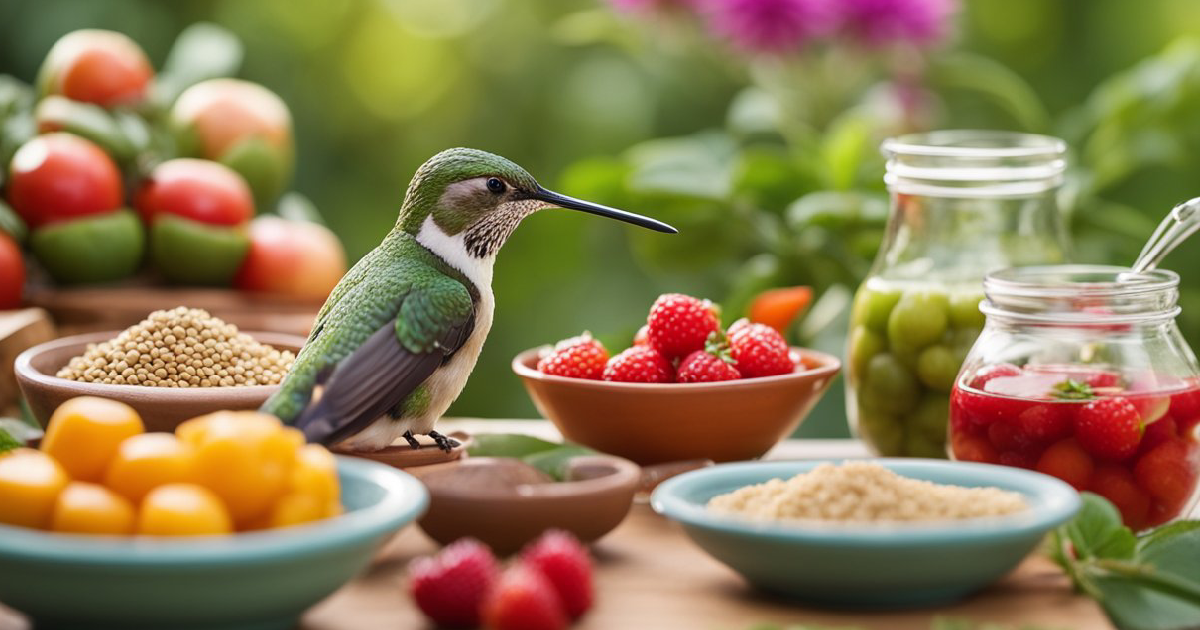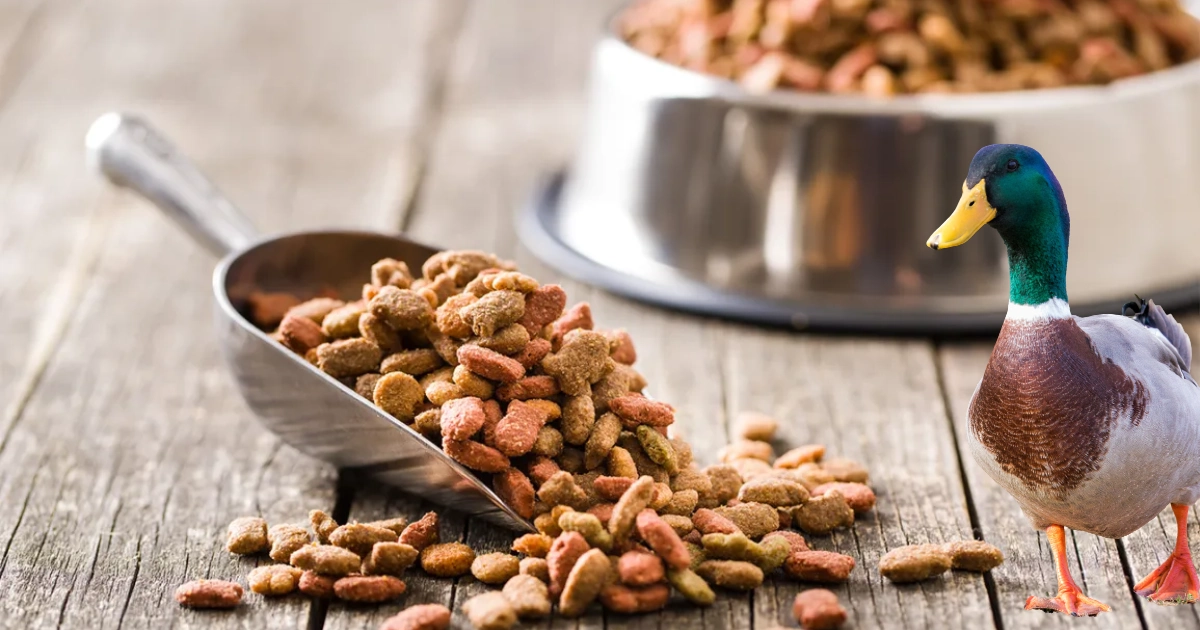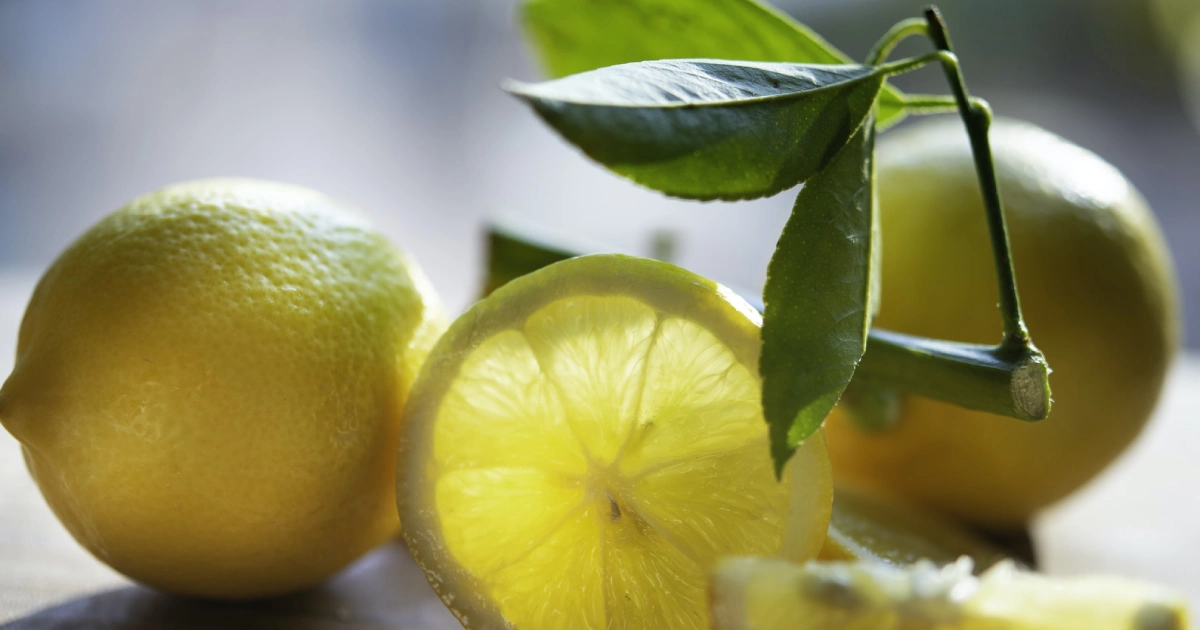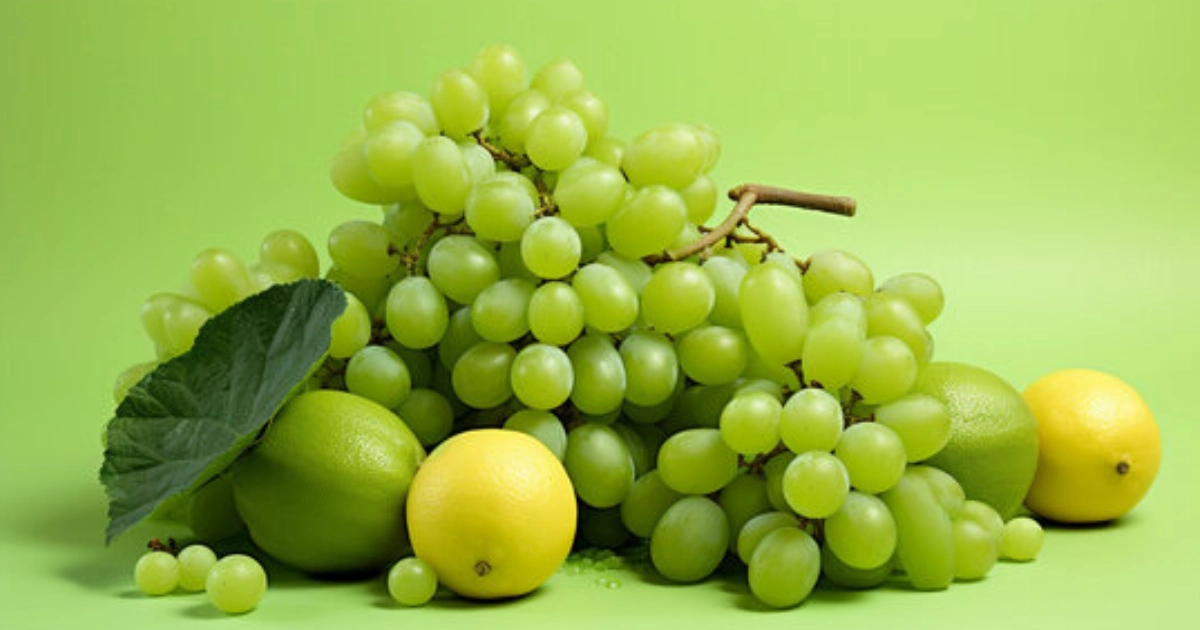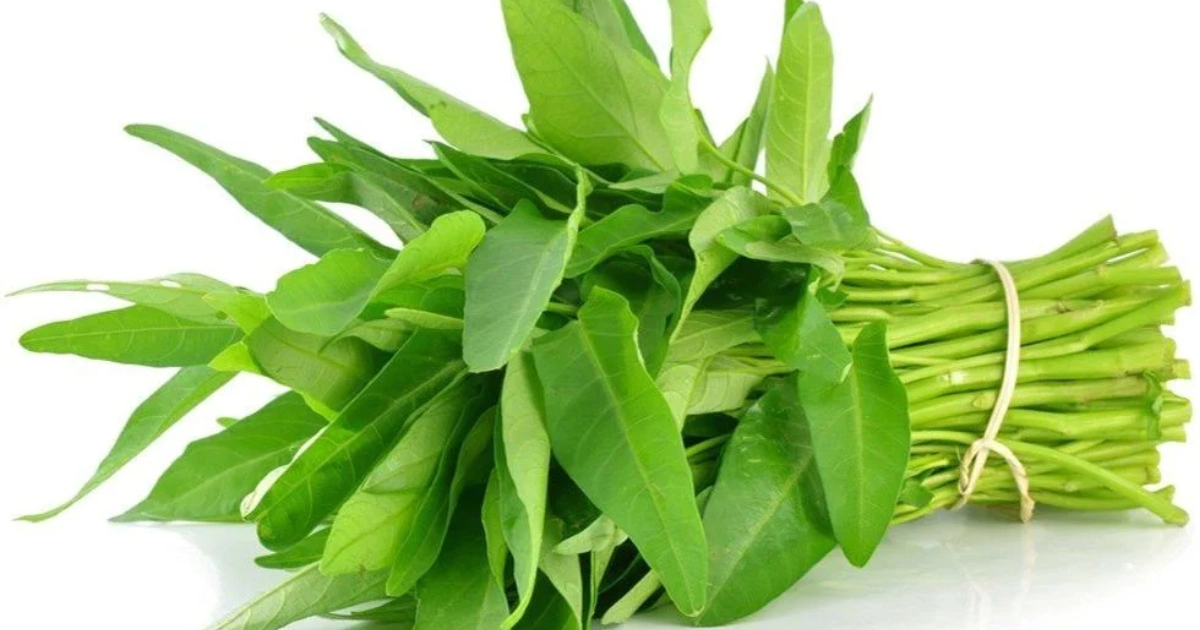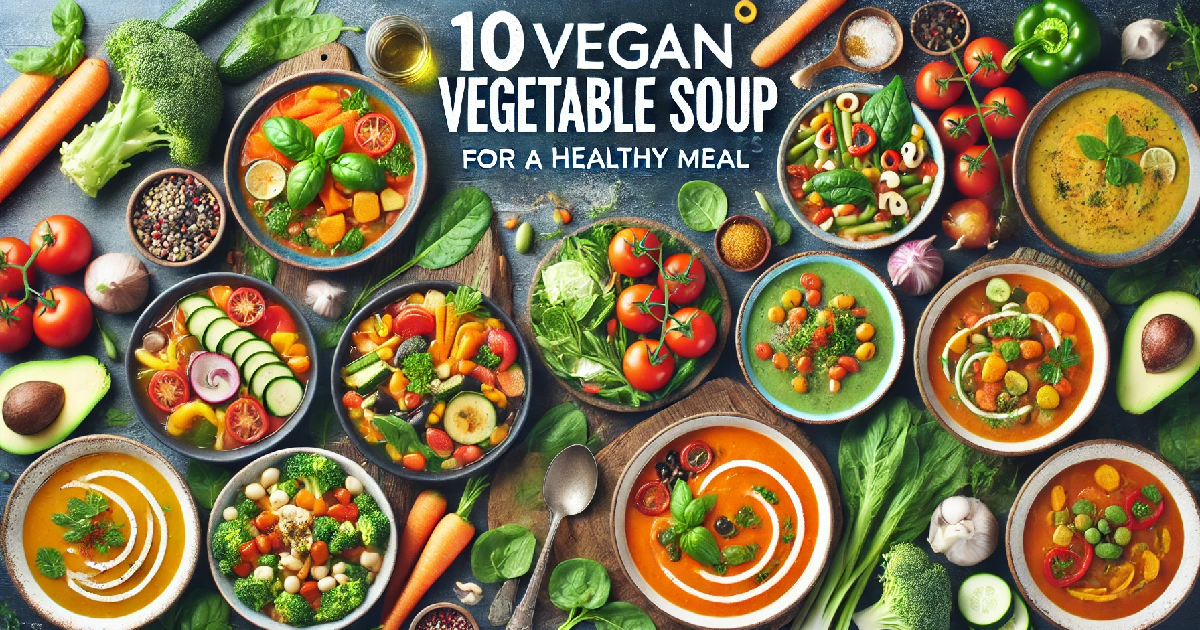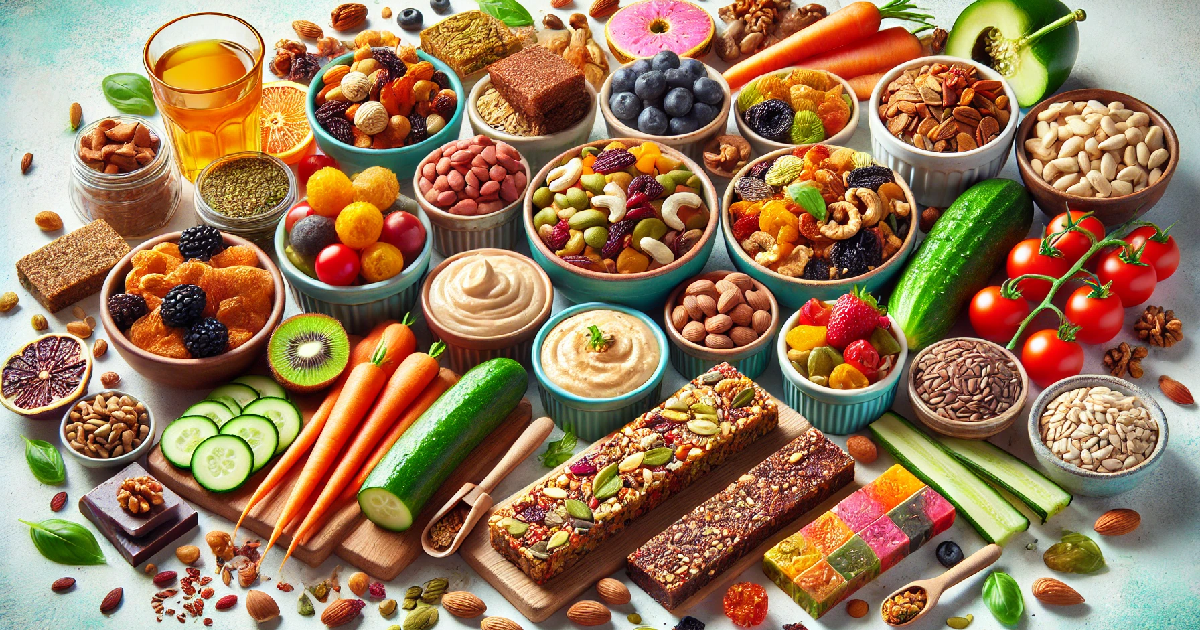Introduction
Ever wondered how vegan yogurt is made and why it’s become such a hit in kitchens around the world? Picture this: a creamy, tangy delight that’s not only kind to animals and the environment but also packed with probiotics and nutrients. Welcome to the world of vegan yogurt—a culinary revolution that’s transforming breakfast bowls and snack times everywhere.
In recent years, the demand for plant-based alternatives has skyrocketed, and vegan yogurt is leading the charge. But what’s behind this surge in popularity? Is it the quest for healthier eating habits, the drive to reduce our carbon footprint, or simply the desire to try something new and delicious? Spoiler alert: it’s all of the above and more.
Understanding how vegan yogurt is made isn’t just about satisfying your curiosity. It’s about empowering you to make informed choices and perhaps even inspire you to whip up your own batch at home. From selecting the perfect ingredients to mastering the art of fermentation, this blog post will guide you through every step of the process.
So, why is this relevant to you? Whether you’re a seasoned vegan, someone exploring plant-based options, or simply a yogurt enthusiast looking for a healthier alternative, knowing how vegan yogurt is made can open up a world of culinary possibilities. Plus, who doesn’t love a good DIY project that ends with a tasty reward?
Stick around as we dive deep into the fascinating process of creating vegan yogurt, uncover the secrets to achieving that perfect texture and flavor, and share practical tips that will make your yogurt-making journey a breeze. By the end of this post, you’ll be ready to impress your friends and family with your newfound yogurt-making skills. Let’s get started!
How Is Vegan Yogurt Made?
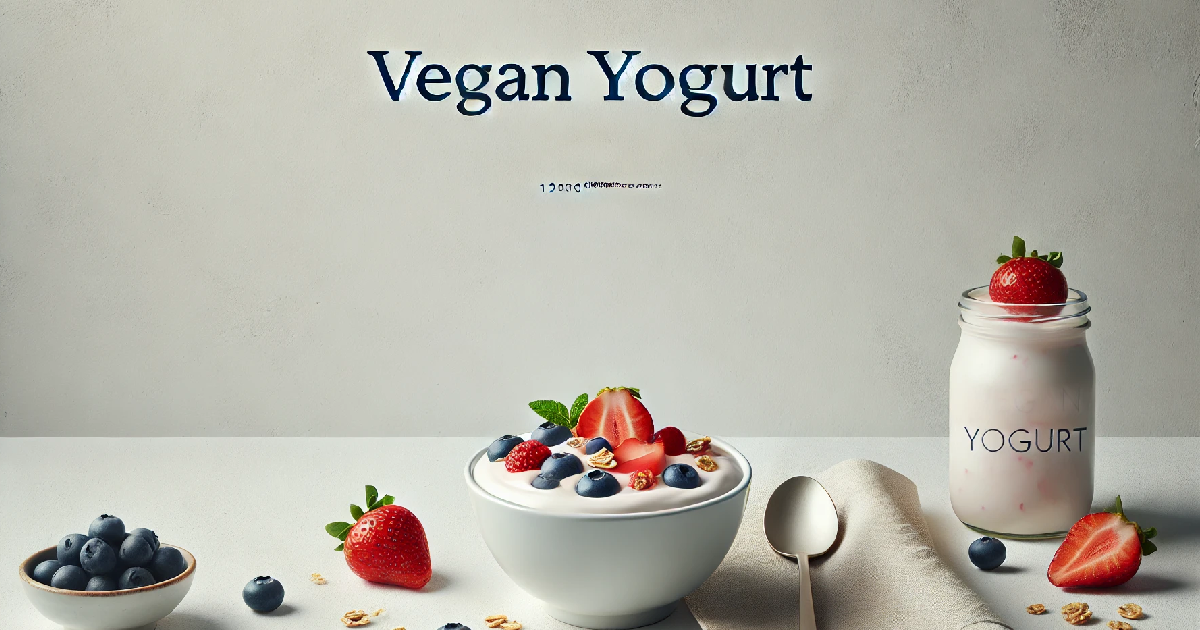
Ingredients Needed
To make vegan yogurt, you need a few key ingredients. The common base ingredients are almonds, cashews, coconuts, and soy. Each of these bases brings its unique flavor and texture to the yogurt. Almond and cashew yogurts are creamy and nutty, while coconut yogurt is rich and tropical. Soy yogurt is smooth and high in protein, making it a popular choice.
Probiotics play a crucial role in the yogurt-making process. These beneficial bacteria ferment the base mixture, transforming it into yogurt. They not only add the characteristic tangy flavor but also boost the yogurt’s nutritional profile. You can use probiotic capsules or a starter culture to introduce these bacteria into your mixture.
Step-by-Step Process
- Soak and Prepare Base Ingredients: For nuts like almonds and cashews, soak them in water for several hours or overnight. This softens them and makes them easier to blend. If you’re using coconut milk or soy milk, there’s no soaking required; you can use them as they are.
- Blend and Add Probiotics: Blend your soaked nuts with water to create a smooth, creamy milk. If using coconut or soy milk, simply pour it into a blender. Add the probiotics or starter culture to the blended mixture and blend again to ensure even distribution.
- Fermentation: Pour your blended mixture into a clean jar or bowl, cover it with a cloth or lid, and let it sit at room temperature. The fermentation process can take anywhere from 8 to 24 hours, depending on the temperature and desired tanginess. Warmer temperatures speed up the fermentation process.
- Cooling and Storage: Transfer the fermented yogurt to the refrigerator to stop the fermentation process and allow the flavors to develop further. Homemade vegan yogurt can be stored in the fridge for up to a week. Use clean utensils to avoid contamination.
Tips for Perfect Vegan Yogurt
- Temperature: Keep your yogurt at a consistent warm temperature, around 110°F (43°C), for the best results. You can use a yogurt maker, an oven with the light on, or a warm spot in your kitchen.
- Flavoring and Sweetening: Add vanilla extract, maple syrup, or fruit purees before fermentation for a sweet touch. Alternatively, mix in fresh fruits, nuts, or granola just before serving. This way, you can enjoy a variety of flavors without compromising the yogurt’s texture.
By following these steps and tips, you’ll be able to create delicious, creamy vegan yogurt at home. The process may seem complex at first, but with a bit of practice, you’ll master it in no time. Enjoy the journey of making your own plant-based yogurt, tailored to your taste and preferences.
Are Vegan Yogurts Healthy?
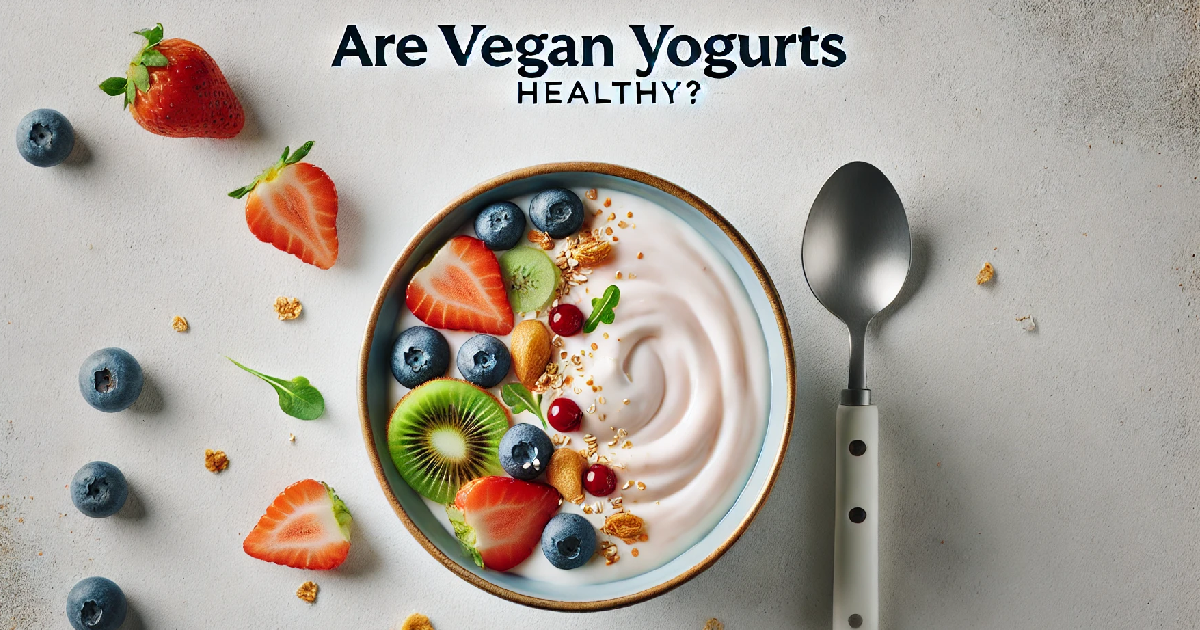
Nutritional Content
Vegan yogurts are packed with nutrients that make them a healthy choice. When comparing vegan yogurt to dairy yogurt, there are some key differences. Dairy yogurt is a good source of protein and calcium, but it also contains cholesterol and saturated fats.
Vegan yogurt, on the other hand, is naturally cholesterol-free. Depending on the base, it can be lower in fat and calories. For instance, almond and coconut yogurts tend to be lower in calories compared to their dairy counterparts.
In terms of vitamins and minerals, vegan yogurts are often fortified. They can contain vitamins like B12 and D, which are essential for vegans. Additionally, they are rich in minerals such as calcium, magnesium, and potassium. This fortification helps to ensure that vegans can get these nutrients without consuming animal products.
Here’s a quick comparison table:
| Nutrient | Dairy Yogurt | Almond Yogurt | Coconut Yogurt | Soy Yogurt |
|---|---|---|---|---|
| Protein | High | Moderate | Low | High |
| Calcium | High | Moderate | Moderate | High |
| Cholesterol | Yes | No | No | No |
| Saturated Fat | High | Low | High | Moderate |
| Vitamin B12 | Yes | Fortified | Fortified | Fortified |
| Vitamin D | Yes | Fortified | Fortified | Fortified |
Probiotic Benefits
Probiotics are crucial for maintaining gut health. They help balance the gut microbiome, aiding in digestion and boosting immunity. Vegan yogurt can be a great source of these beneficial bacteria.
The probiotic content in vegan yogurt can vary. Dairy yogurt traditionally contains a higher concentration of probiotics. However, with the right starter culture or probiotic capsules, vegan yogurt can also be rich in these healthy bacteria.
One difference is the strains of probiotics used. Dairy yogurts often contain Lactobacillus bulgaricus and Streptococcus thermophilus. Vegan yogurts might use other strains like Lactobacillus plantarum or Bifidobacterium. These strains are effective and can provide similar gut health benefits.
Incorporating vegan yogurt into your diet can enhance your probiotic intake. It supports digestion and can improve overall health. Plus, it’s a tasty and versatile way to get your daily dose of probiotics.
Understanding Probiotics
Probiotics are the heart and soul of yogurt making. They are beneficial bacteria that ferment the sugars in the yogurt base, turning it into a tangy, creamy delight. In vegan yogurt, specific types of bacteria are used to achieve this transformation.
Common bacterial strains used in vegan yogurt include Lactobacillus plantarum, Bifidobacterium, and Streptococcus thermophilus. These strains are effective in fermenting plant-based milks. They thrive in non-dairy environments and provide similar health benefits as those found in dairy yogurt.
During the fermentation process, these bacteria consume the sugars present in the plant milk. They produce lactic acid, which lowers the pH and thickens the mixture. This acidification gives yogurt its characteristic tangy taste and creamy texture.
Sources of Vegan Probiotics
There are two primary sources of probiotics for making vegan yogurt. These are commercial probiotics and natural sources. Each has its benefits and considerations.
Commercial probiotics come in various forms such as capsules, powders, and liquid. They are convenient and often contain specific strains tailored for yogurt making. When choosing commercial probiotics, look for those labeled as vegan and check for live and active cultures.
Natural sources of probiotics include things like sauerkraut juice, water kefir, or a bit of existing yogurt. These can be used as starters to introduce beneficial bacteria into your yogurt mix. Natural sources can be a cost-effective and accessible option for many home yogurt makers.
When selecting probiotics, it’s essential to choose the right ones for yogurt making. Ensure they contain live cultures that are effective in fermenting plant-based milks. Additionally, check for strains that are known for their health benefits, like Lactobacillus and Bifidobacterium.
Can Yogurt Be Made from Plant Milk?
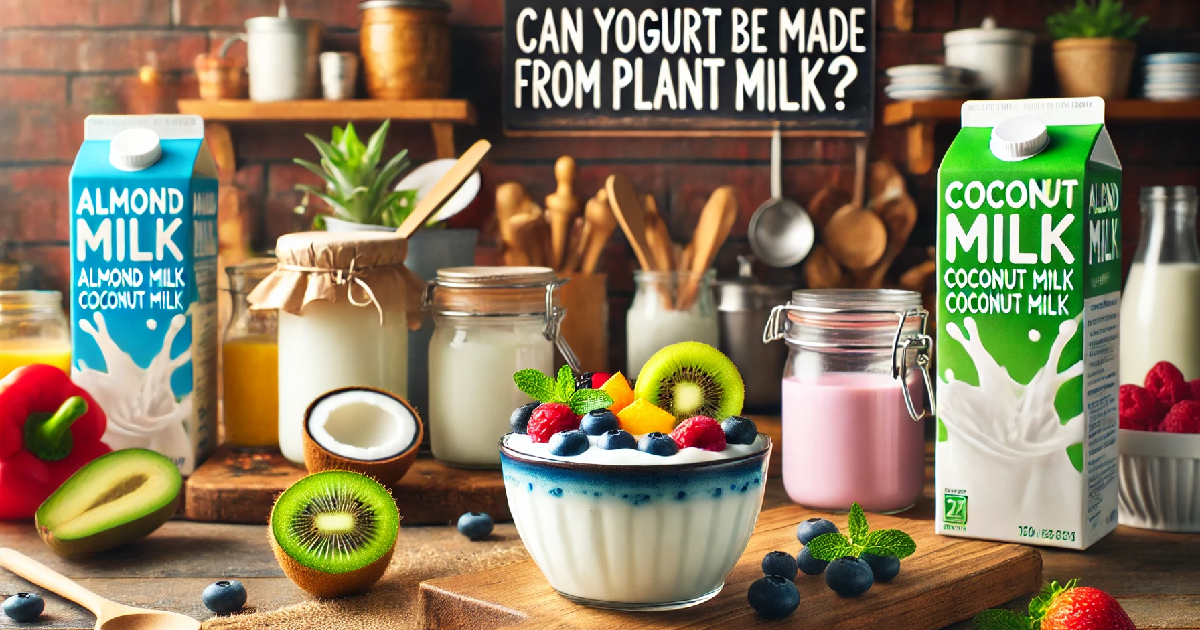
Absolutely, yogurt can be made from various types of plant milk. Each type of plant milk brings its unique flavor, texture, and nutritional profile to the yogurt-making process.
Types of Plant Milks Used
Almond milk, cashew milk, coconut milk, and soy milk are among the most popular choices. Each has its distinct characteristics and benefits.
- Almond milk is light and nutty. It creates a yogurt that’s lower in calories and fat compared to dairy. However, its thin consistency may require additional thickeners.
- Cashew milk is naturally creamier. It results in a richer yogurt with a mild, pleasant taste. Cashews are also packed with nutrients, making this a nutritious option.
- Coconut milk is another favorite due to its high-fat content. It yields a thick, luscious yogurt with a tropical flavor. The natural sweetness of coconut milk often means you can skip adding extra sweeteners.
- Soy milk is versatile and protein-rich. It closely mimics the texture of dairy milk, resulting in a smooth, firm yogurt. Soy yogurt is also an excellent source of plant-based protein.
Here’s a quick comparison table:
| Plant Milk | Texture | Flavor | Nutritional Highlights | Drawbacks |
|---|---|---|---|---|
| Almond Milk | Light | Nutty | Low in calories and fat | Thin consistency |
| Cashew Milk | Creamy | Mild | High in vitamins and minerals | Can be more expensive |
| Coconut Milk | Thick | Tropical | High in healthy fats | High in saturated fat |
| Soy Milk | Smooth | Neutral | High in protein | Potential allergens |
Preparing Plant Milk for Yogurt Making
When making yogurt, you can use either homemade or store-bought plant milk. Homemade plant milk allows you to control the ingredients and avoid additives. However, it can be time-consuming to prepare.
Store-bought plant milk is convenient and often fortified with additional nutrients. When choosing store-bought, opt for unsweetened varieties to ensure the fermentation process works effectively.
Adjusting the thickness and creaminess of plant milk is crucial for good yogurt. Adding thickeners like agar-agar, tapioca starch, or arrowroot powder can help achieve the desired consistency. Blending a small amount of soaked nuts or seeds into the milk can also enhance its creaminess.
Preparing the plant milk properly ensures a smooth yogurt-making process. Whether you choose almond, cashew, coconut, or soy milk, each type can produce delicious and nutritious vegan yogurt.
Is It Cheaper to Make Vegan Yogurt?
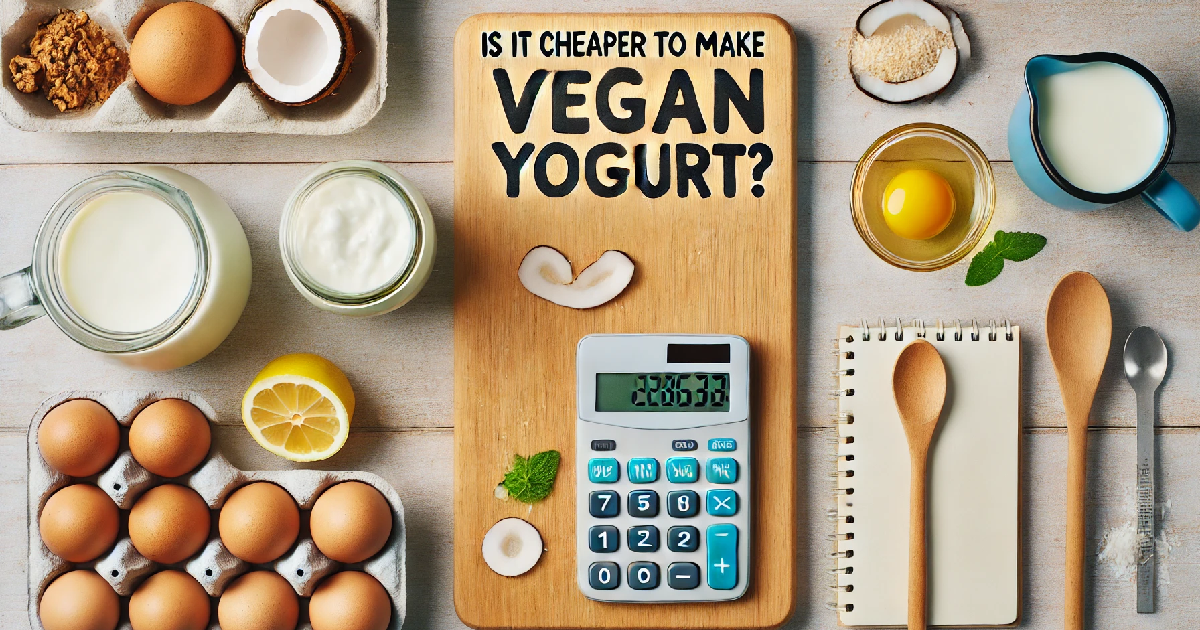
Cost Comparison
When considering the cost of making vegan yogurt at home versus buying it from the store, several factors come into play. The cost of ingredients is a primary consideration. Homemade vegan yogurt typically requires plant milk, probiotics, and sometimes thickeners. In contrast, store-bought options often come at a premium due to branding and packaging.
Ingredients for homemade yogurt can be economical. For instance, a gallon of almond milk may cost around $4-$5, and probiotics might add another $1 per batch. Store-bought vegan yogurt, however, can cost between $1.50 to $2 per single-serving cup, making homemade yogurt a cost-effective option over time.
The initial investment in equipment for homemade yogurt includes items like a blender, jars, and possibly a yogurt maker. These can be seen as one-time costs. A good quality blender can cost around $50-$100, and a yogurt maker ranges from $30-$50. While these costs might seem high initially, they are spread over many batches.
Here’s a quick cost breakdown:
| Expense Type | Homemade Vegan Yogurt | Store-Bought Vegan Yogurt |
|---|---|---|
| Ingredients | $5-$7 per gallon batch | $1.50-$2 per serving |
| Equipment (one-time) | $80-$150 | N/A |
| Probiotics | $1 per batch | Included in product |
Long-Term Savings
Making vegan yogurt at home can lead to significant long-term savings. When you make large batches, the cost per serving decreases. For example, a gallon of homemade yogurt can yield about 16 servings, costing approximately $0.50 per serving. In comparison, buying individual servings from the store adds up quickly.
Economies of scale play a crucial role here. Purchasing ingredients in bulk further reduces the cost per unit. Bulk buying nuts, plant milk, or probiotics can save money over time. Additionally, homemade yogurt allows for customization, reducing waste from flavors or types you might not enjoy from store-bought options.
In the long run, the savings from making your own vegan yogurt can be substantial. While the initial investment in equipment might seem high, the lower cost per batch and the ability to produce large quantities make homemade vegan yogurt a financially wise choice. The economic benefits, combined with the health advantages and customization options, make homemade vegan yogurt an appealing option for many.
Vegan Yogurt Ingredients
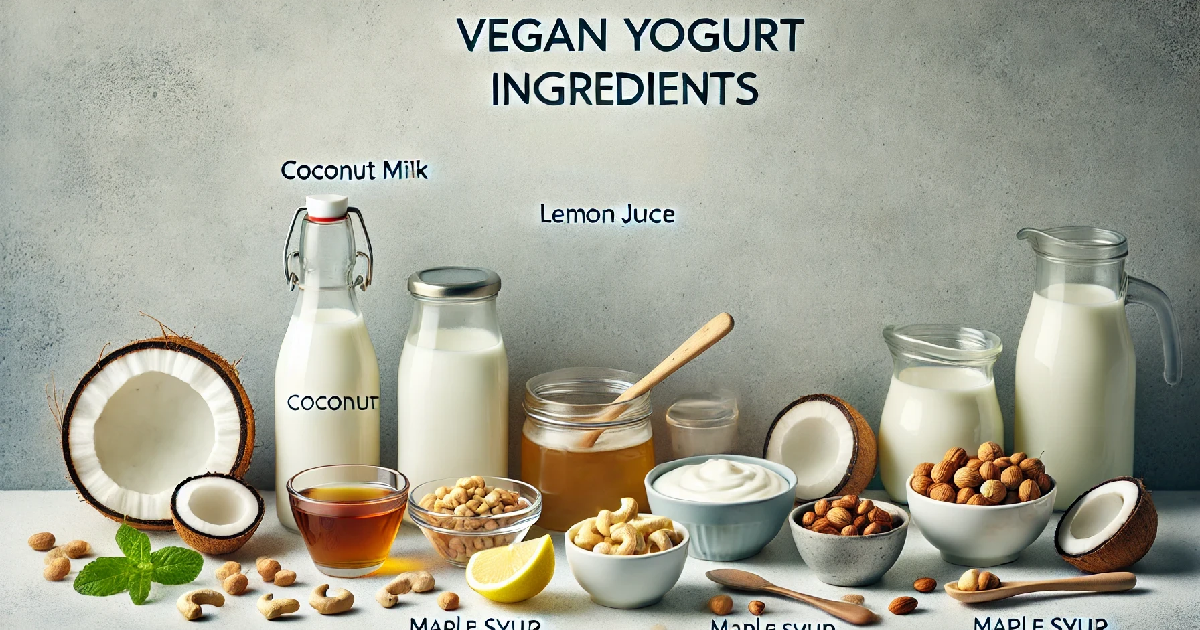
Common Ingredients
Vegan yogurt is made using a variety of base ingredients. The most popular bases are nuts, coconut, and soy. Each base has its own unique properties and nutritional benefits.
Nuts such as almonds and cashews are commonly used. Almond milk is light and slightly nutty, while cashew milk is creamy and rich. These nut-based yogurts are also packed with vitamins and minerals.
Coconut milk is another favorite due to its high-fat content, which results in a thick and creamy yogurt. It also has a naturally sweet and tropical flavor. Soy milk is a versatile option that closely mimics the texture of dairy milk, and it’s rich in protein.
Probiotics are essential for making yogurt. They ferment the plant milk, creating the characteristic tangy flavor and thick texture. Common probiotic strains used include Lactobacillus and Bifidobacterium.
Thickeners are often added to improve the texture of vegan yogurt. Agar-agar, tapioca starch, and arrowroot powder are popular choices. These thickeners help achieve the desired creaminess and consistency.
Optional Additives
Optional additives can enhance the flavor and nutritional profile of vegan yogurt. Sweeteners, such as maple syrup, agave nectar, or date syrup, can be added to balance the tanginess of the yogurt.
Flavorings are another way to customize your yogurt. Vanilla extract, cocoa powder, or cinnamon can add a delightful twist. You can also use natural fruit purees, such as strawberry, blueberry, or mango, to create flavored yogurts.
Fresh fruit can be mixed in for added texture and taste. Berries, sliced bananas, or chopped apples work well. Nuts and seeds, like chia seeds or crushed almonds, can add a crunchy texture.
Adding these optional ingredients allows you to tailor your yogurt to your taste preferences. Whether you like it sweet, tangy, or fruity, you can create a variety of delicious and nutritious vegan yogurts.
Here’s a quick reference table:
| Ingredient Type | Examples | Purpose |
|---|---|---|
| Base Ingredients | Almonds, cashews, coconut, soy | Foundation of the yogurt |
| Probiotics | Lactobacillus, Bifidobacterium | Fermentation and gut health |
| Thickeners | Agar-agar, tapioca starch | Improving texture and consistency |
| Sweeteners | Maple syrup, agave nectar | Balancing tanginess |
| Flavorings | Vanilla extract, cocoa powder | Enhancing flavor |
| Fresh Fruit | Berries, bananas, apples | Adding texture and taste |
| Nuts & Seeds | Chia seeds, crushed almonds | Adding crunch and nutrients |
This comprehensive list of ingredients ensures you have everything needed to make delicious vegan yogurt at home. Experiment with different combinations to find your perfect blend.
How to Make Coconut Yogurt Without Probiotics

Alternative Fermentation Methods
Making coconut yogurt without probiotics is possible by using alternative fermentation methods. These methods involve acidic agents such as lemon juice, apple cider vinegar, or other natural acids. These agents mimic the tangy flavor created by probiotics.
Using lemon juice is a simple and effective method. The acidity of the lemon juice helps thicken the coconut milk and gives it a tangy taste. Apple cider vinegar is another popular option. It not only adds acidity but also has a distinct flavor that can enhance the yogurt.
Other acidic agents can include lime juice or a combination of different citrus juices. Each of these acids helps to achieve the desired tartness in the yogurt. However, using acidic agents means the yogurt won’t have the probiotic benefits of traditional yogurt.
There are pros and cons to probiotic-free methods. The main advantage is simplicity. You don’t need to source specific probiotics or starter cultures. This can make the process quicker and more accessible. However, the downside is the lack of probiotics. Probiotics are beneficial for gut health, and without them, the yogurt won’t offer these health benefits.
Step-by-Step Recipe
Here’s a detailed step-by-step recipe for making coconut yogurt without probiotics. This method uses lemon juice as the acidic agent.
- Gather Your Ingredients:
- 2 cans of full-fat coconut milk
- 2 tablespoons of lemon juice
- 1-2 tablespoons of maple syrup (optional for sweetness)
- Prepare the Coconut Milk:
- Pour the coconut milk into a saucepan and heat it over medium heat.
- Stir occasionally to prevent sticking.
- Heat the milk until it reaches a gentle simmer, then remove it from the heat.
- Add the Acidic Agent:
- Let the coconut milk cool slightly until it’s warm but not hot.
- Stir in the lemon juice thoroughly.
- If you prefer a slightly sweeter yogurt, add the maple syrup at this stage.
- Ferment the Yogurt:
- Pour the mixture into a clean jar or container.
- Cover it with a cloth or lid, allowing some air to circulate.
- Let it sit at room temperature for 24-48 hours. The longer it sits, the tangier it will become.
- Check and Adjust:
- Taste the yogurt after 24 hours. If it’s tangy enough, move to the next step.
- If it needs more time, let it ferment for another 12-24 hours.
- Cool and Store:
- Once the yogurt has reached the desired tanginess, transfer it to the refrigerator.
- Chill for a few hours to thicken further.
- Store the yogurt in the fridge for up to a week.
This simple method allows you to make delicious coconut yogurt without the need for probiotics. It’s a great option if you’re looking for a quick and easy way to enjoy homemade yogurt. Experiment with different acidic agents to find your favorite flavor profile.
Here’s a quick reference table for the recipe:
| Step | Action |
|---|---|
| Ingredients | 2 cans coconut milk, 2 tbsp lemon juice, 1-2 tbsp maple syrup (optional) |
| Heating | Simmer coconut milk, then cool slightly |
| Adding Acid | Stir in lemon juice and optional maple syrup |
| Fermentation | Pour into jar, cover, and ferment 24-48 hours |
| Checking | Taste after 24 hours, adjust fermentation time |
| Cooling and Storing | Chill in fridge for a few hours, store up to a week |
This method is a practical alternative for those who prefer not to use probiotics. Enjoy your homemade coconut yogurt, and feel free to customize it with your favorite flavors and add-ins.
Conclusion
In this blog post, we’ve journeyed through the art of making vegan yogurt using various methods and bases. We explored how to make yogurt without a starter, delved into the nuances of creating it with coconut milk, and highlighted the benefits of using soy milk. We also provided a comprehensive guide on crafting your own vegan yogurt starter, emphasizing the importance of probiotics and natural fermentation agents.
Making vegan yogurt at home is not only feasible but also incredibly rewarding. By following the simple steps and choosing the right ingredients, you can enjoy fresh, homemade yogurt tailored to your taste preferences. The process is an excellent way to connect with your food and understand the fermentation magic that transforms simple plant-based milk into creamy, tangy yogurt.
Incorporating vegan yogurt into your diet offers numerous health benefits. It’s a rich source of probiotics, which support gut health and boost immunity. Additionally, it provides essential nutrients like calcium, vitamin D, and protein, all while being dairy-free and suitable for those with lactose intolerance or dairy allergies.
Here’s a thought-provoking perspective: In a world increasingly aware of sustainability and health, making your own vegan yogurt is a small but significant step towards self-sufficiency and conscious living. It’s an act that connects you with ancient culinary traditions and modern health trends alike. By creating your own yogurt, you’re not only nourishing your body but also making a statement about the importance of knowing and controlling what goes into your food.
As you experiment with different methods and flavors, consider the broader impact of your choices. Every batch of homemade yogurt is a testament to a lifestyle that values health, sustainability, and mindfulness. So, take the plunge, try making vegan yogurt at home, and enjoy the journey of discovery and wellness it brings.
Ultimately, embracing homemade vegan yogurt is more than just a culinary endeavor; it’s a commitment to a healthier, more sustainable way of life. It’s a delicious reminder that sometimes, the best things are the ones we create with our own hands.
FAQs
1. Can I use any probiotic for vegan yogurt?
Not all probiotics are suitable for yogurt making. It’s essential to choose probiotics specifically designed for fermentation. Look for capsules or powders that contain strains like Lactobacillus bulgaricus and Streptococcus thermophilus. These strains are particularly effective in creating the right texture and tanginess in yogurt.
2. How long does homemade vegan yogurt last?
Homemade vegan yogurt typically lasts about 5 to 7 days in the refrigerator. Store it in an airtight container to maintain its freshness. Be sure to keep it at a consistent, cold temperature to prevent spoilage. If you notice any off smells or mold, it’s best to discard the yogurt.
3. Can I make vegan yogurt without a yogurt maker?
Yes, you can make vegan yogurt without a yogurt maker using common kitchen tools. Use an oven with the light on, a slow cooker, or a simple warm place like a sunny windowsill. The key is to maintain a consistent warm environment, around 110°F (43°C), for the fermentation process.
4. Is homemade vegan yogurt cheaper than store-bought?
Making your own vegan yogurt can be more cost-effective in the long run. While the initial investment in quality probiotics or a yogurt maker may be higher, the cost per batch of homemade yogurt is typically lower than store-bought varieties. Plus, you can make larger quantities, reducing overall costs.
5. What can I do if my yogurt doesn’t set?
If your yogurt doesn’t set, it could be due to several factors. Check the temperature during fermentation, as too hot or too cold environments can hinder the process. Ensure your starter culture is fresh and active. If needed, try adding a thickener like agar-agar or cornstarch to help achieve the desired consistency.
6. Can I flavor my vegan yogurt?
Yes, you can flavor your vegan yogurt with natural flavors and sweeteners. Add fresh fruits, vanilla extract, or maple syrup to enhance the taste. For a savory twist, try adding a pinch of salt and herbs. Always add flavors after the fermentation process to preserve the beneficial bacteria.
7. How can I make my vegan yogurt thicker?
To make your vegan yogurt thicker, use thickeners such as agar-agar, cornstarch, or tapioca starch. You can also adjust the fermentation time; a longer fermentation can lead to a thicker texture. Another method is to strain the yogurt using a cheesecloth to remove excess liquid.
8. Is vegan yogurt suitable for people with allergies?
Vegan yogurt is generally suitable for people with lactose intolerance or dairy allergies. However, always check the ingredients to ensure there are no allergens such as soy or nuts if you have specific dietary restrictions. You can customize homemade vegan yogurt to use allergen-free plant milks.
9. Can I use homemade plant milk for vegan yogurt?
Yes, you can use homemade plant milk for making vegan yogurt. Homemade plant milk allows you to control the ingredients and ensure there are no additives. Ensure the milk is well-strained and blended to achieve a smooth consistency. Homemade plant milk can enhance the flavor and quality of your yogurt.
10. How do I know if my yogurt has gone bad?
Signs that your yogurt has gone bad include an off smell, mold growth, and an overly sour taste. Proper storage in an airtight container in the refrigerator helps extend its shelf life. If you notice any changes in color or texture, it’s best to discard the yogurt to avoid foodborne illnesses.








